Similar Posts

Free Fall Simulation
A new simulation, that simulates the free fall of an object (ball). This simulation gives the ability to measure the acceleration of gravity by taking successive shots of the falling object with recording the time of each shot and measuring the coordinate y for each shot. It also enables us to check the famous free fall equation:
y = (1/2) gt²
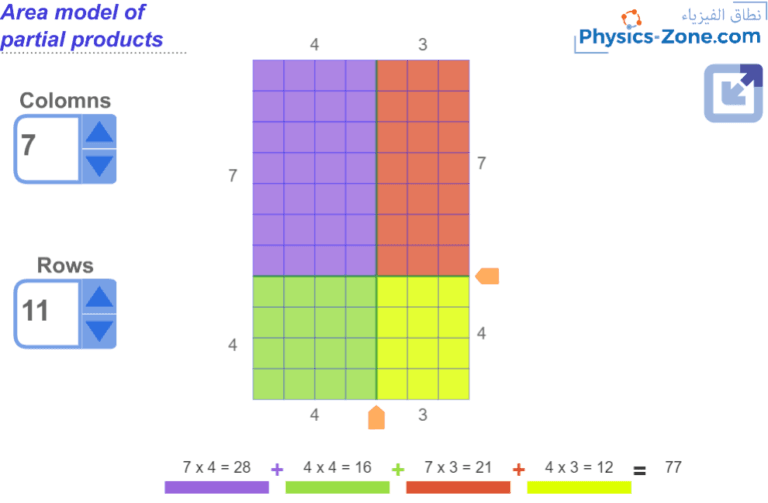
Area Model of Partial Products
Elementary math teachers know the importance of this model in teaching the concept of applying distributive property in area model.
The idea is to break one large area (which represents the product of two numbers) into several pieces (products of smaller numbers), then to find the areas of the pieces individually, and finally add to get the area of the whole (the product of the given numbers).
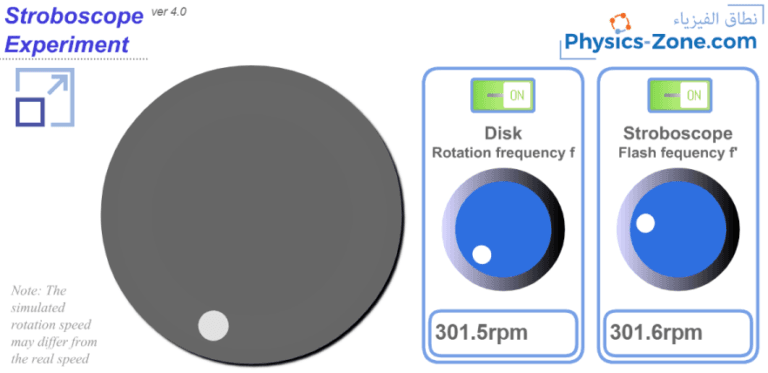
Fixes to the Stroboscope Experiment simulation
Since the frequency of the slow apparent motion in the stroboscope experiment varies depending on various factors that are not taken into consideration in the simulation, an essential change has been made to the code of the Stroboscope Experiment simulation to address the frequency of this apparent motion in the observation remarks.
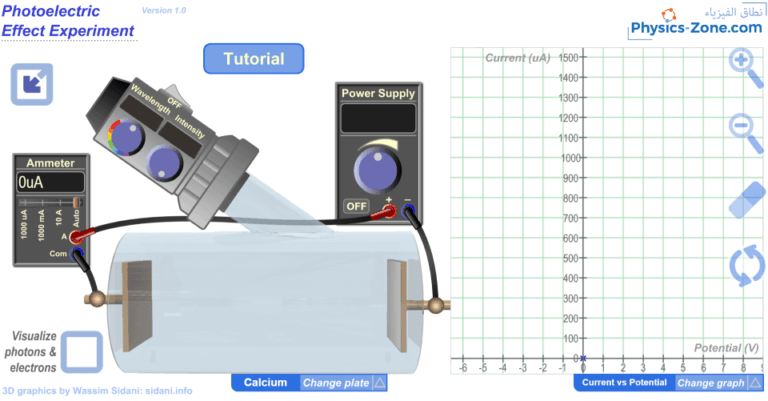
Photoelectric Effect Experiment Simulation
With this comprehensive and realistic-like photoelectric effect experiment simulation, you will be able to illustrate the following:
The variations of the photocurrent versus potential.
The variations of the photocurrent versus light intensity.
The variation of the kinetic energy of the ejected electrons versus the incident light frequency.
It comes with a graph where you can trace each type of variation as you vary the parameters of the experiment.
Plus, you can experiment and discover more with this simulation.
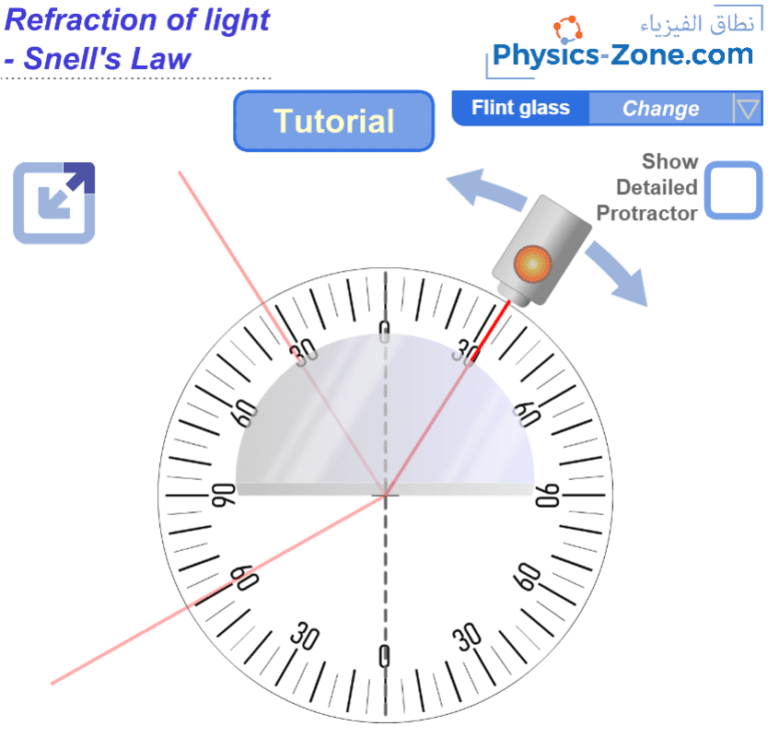
Refraction of Light Simulation
With this simulation, you can experiment the refraction of light between air and a transparent semi-disk. You can choose the material of the disk from a list of materials. Also, you can determine the index of refraction of the semi-disk when you apply Snell’s law to measurements you take in the simulation.
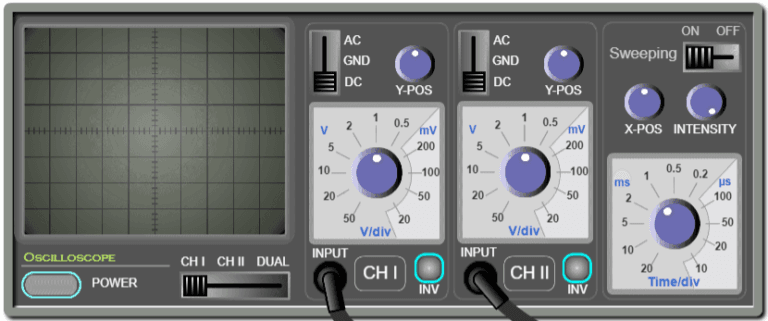
A New Publication Based on The Virtual Oscilloscope Simulation
The paper: Using a web-based and stand-alone oscilloscope for physics experiment during Covid-19 pandemic, Mahizah Ismail et al (2023), Phys. Educ. 58 015006, is based on the Virtual Oscilloscope simulation. This paper was authored by Mahizah Ismail, Farid Minawi, Wan Zul Adli Wan Mokhtar, Noraihan L Abdul Rashid and Ahmad K Ariffin.
The article DOI: https://iopscience.iop.org/article/10.1088/1361-6552/ac95eb
